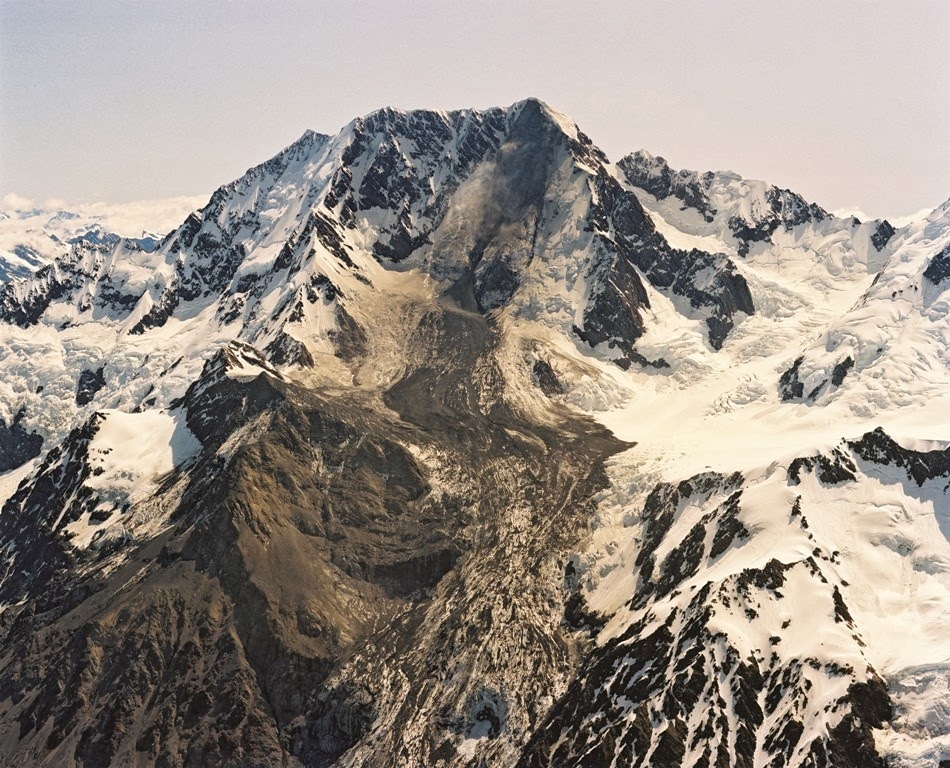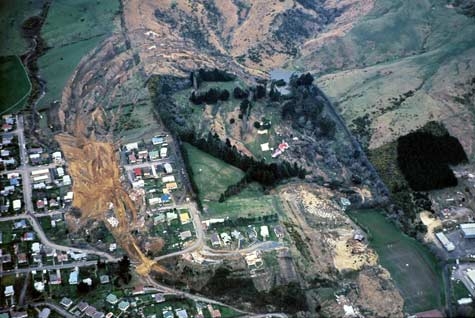You can contact LEARNZ, part of CORE Education, at:
Postal Address:
PO Box 13 678,
Christchurch 8141,
New Zealand
Landslides remove material from hills, mountains and coastlines. Landslides are common in New Zealand and can be small events or damaging large events.
New Zealand has a high number of landslides because:
Some landslides move whole mountain sides, suddenly. Others are small or slow, moving only a few centimetres a year.
On unstable slopes, three things are important in causing large landslides:
Clearing forest has had the most impact on how stable the land is. Clearing land for farming has increased landslide activity. Building roads and subdivision earthworks can also increase landslide rates.
There are different types of landslides, these include:
Each year millions of dollars is spent clearing slips from roads and railway lines. It is a never-ending task – there are always more floods or earthquakes to come, and there is plenty of rock and soil waiting to fall down.
In general, landslides are more common in New Zealand than many countries because of the steep land, weak layers and high rainfall. However, landslides cause few deaths in New Zealand because there are not many people living in steep, mountain areas.

,A massive rock avalanche changed the height of New Zealand's highest mountain, Aoraki Mount Cook, in December 1991. Can you find out about other large rock avalanches in New Zealand? Image: Loyd Homer, GNS Science.

,Landslides are common in New Zealand. This landslide is in Whakatāne. Can you find out what large landslides there have been in New Zealand recently. Image: LEARNZ.

,One of New Zealand's most well known landslides was the 1979 Abbotsford landslide in Dunedin which left 69 houses uninhabitable. What type of landslide was this and was anyone hurt? Image: GNS Science.

There are different types of landslides. Sometimes landslides can be a combination of different types. What are the most common landslides in New Zealand? Image: United States Geological Survey. Art work by Margot Johnson.
You could find out if and where there has been a landslide in your local area and what caused it.